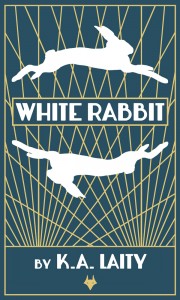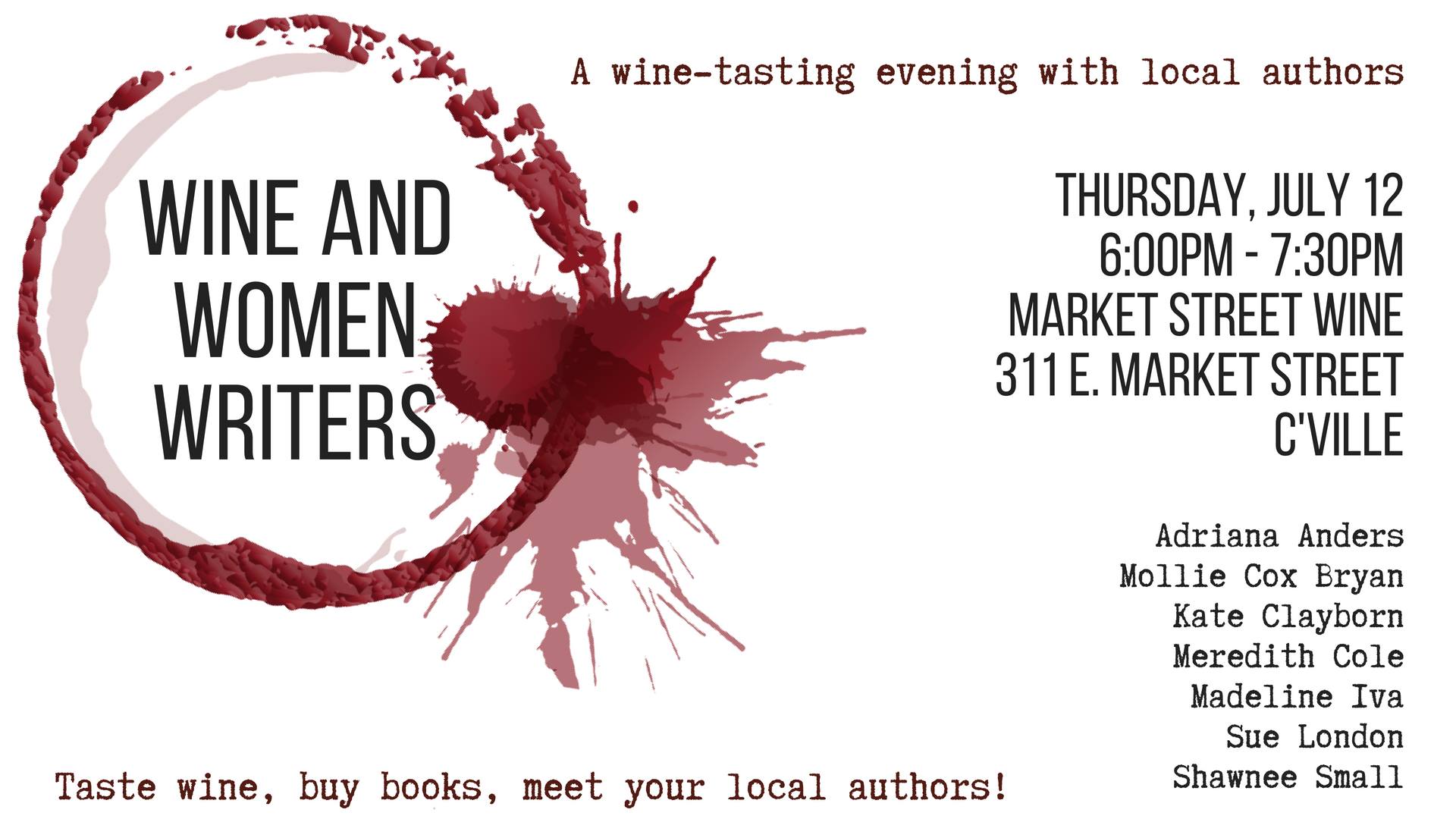By K.A. Laity
 You can Google the term and come up with a bunch of answers, but as librarians will ask you, are you sure you have the right one? I always say I’m a ‘duck test’ sort of person — an out-dated Americanism for recognising ‘communists’—viz. if it walks like a duck, quacks like a duck, it’s probably a duck (though Senator McCarthy might have been wise to have looked into more stringent methods).
You can Google the term and come up with a bunch of answers, but as librarians will ask you, are you sure you have the right one? I always say I’m a ‘duck test’ sort of person — an out-dated Americanism for recognising ‘communists’—viz. if it walks like a duck, quacks like a duck, it’s probably a duck (though Senator McCarthy might have been wise to have looked into more stringent methods).
Most people who like the mystery subgenre of noir will point to the films with their bleak cityscapes, inky shadows and sudden gun shots. Ida Lupino and Humphrey Bogart frown with worry, Lauren Bacall and Gloria Grahame show their gams, while Farley Granger looks lost. In novels, Patricia Highsmith’s slippery Tom Rippley worms his way into people’s lives while keeping his intentions hidden, or Dashiell Hammet sends the Continental Op to a seedy location and the blood spills red down the walls.
When I think of ‘noir’ I tend to think of women who don’t see the options and men who make bad choices. The very gendered split of that thought is what led me to thinking about Drag Noir (an anthology I’m editing for Fox Spirit Books) and how people might play with that divide. In the noir world, people invest in the gender divisions because it brings them some certainty in an uncertain and dangerous world.
Buddhists say desire is the beginning of suffering: noir is all about the suffering. And the desire — whether it’s for money or sex or something less certain. Fred MacMurray lusting for Barbara Stanwyck: we know the Double Indemnity story so well. Sex is a straightforward equation. But what about Lily Dillon in Jim Thompson’s The Grifters? Especially as embodied by Anjelica Huston in Frears’ film, she’s hungry and restless as a shark, but nothing really fills that empty well for long. Sometimes there’s a hunger that can’t be fed.
Yeah, that’s noir.
So what happens when you mash it up with the fantastic, a genre more associated with triumph and champions? In White Rabbit I do it just to throw in another level of confusion and doubt. My protagonist, James Draygo, is a disgraced former detective who works as a fake psychic.
Except he’s not a fake.
Which makes things worse when a prospective client gets gunned down at his tapping table. She’s the trophy wife of a media mogul on her way to divorce. There’s conspiracies, drug deals, powerful men and persuasive women—and a whole lot of mystery.
What if? All stories spring from those words. What if a boy and girl fell in love, but their families were feuding? What if a horse could tell us its life story? What if we saw a murder but we can’t tell who did it? All stories begin in mystery; finding out what happens next is what keeps us turning the pages. Reading is detective work. We can walk those dangerous streets for a little while and wrap the darkness around us.
K. A. Laity is the author of the supernatural noir novel White Rabbit, the sexy thriller series Chastity Flame and as Graham Wynd, author of the noir collection Extricate/Throw the Bones. She can be found at her website, on Facebook and on Twitter.

Thanks for hosting me, Mollie!
It’s always a pleasure, Kate!
I always viewed noir as those old black and white detective thrillers . . . smoking guns, trench-coated PIs with a wide brimmed hat pull low over their eyes, and bombshells always needing rescuing. “Jump into my roadster, doll, and we’ll leave this burg forever. Just you and me, doll.” And they’re gunned down by the jealous husband in a fit of rage.
Noir is a bit psychological thriller too, I think. One of the reasons I love Gaslight so much. Dark, brooding, mysterious, deceptive.
I think that good noir also seems to have an interesting cadence in the language. Or is that just me? 😉
I think it’s that attention to language which makes noir distinct from something like hard-boiled, which has the same darkness but none of the beauties of atmosphere and wit.
Ah-ha! So it’s not just me. Good to know. There are some writers that don’t call themselves noir, necessarily, but to me, have that cadence. I’m thinking of Hilary Davidson. There are some others, as well.